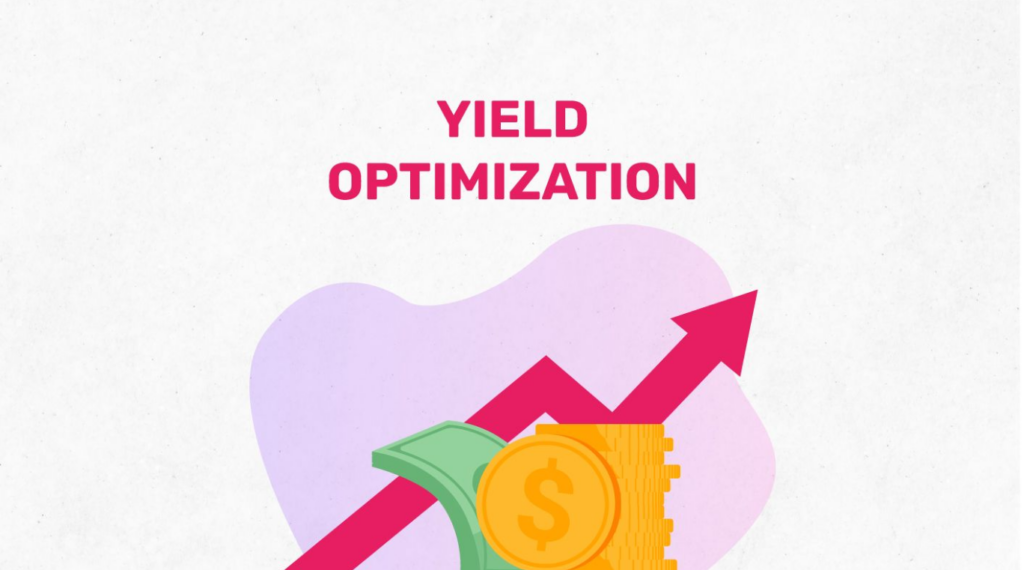Yield optimization in the advertising technology (AdTech) industry is a crucial strategy for maximizing the effectiveness and profitability of advertising campaigns. As advertisers and publishers strive to get the most out of their resources, understanding yield optimization can significantly improve outcomes. In this article, we will explore what yield optimization means in the context of AdTech, why it is important, and how to implement effective strategies.
What is Yield Optimization in AdTech?
Yield optimization in AdTech refers to the process of maximizing the revenue generated from advertising inventory. This involves ensuring that ads are shown to the right audience at the right time and in the most effective manner. The ultimate goal is to increase the return on investment (ROI) for advertisers and maximize revenue for publishers.
In simpler terms, it’s about making sure that every ad impression is as valuable as possible. By using various techniques and technologies, both advertisers and publishers can improve their strategies and achieve better results.
Why is Yield Optimization Important?
- Increased Revenue: For publishers, yield optimization directly translates to higher earnings. By maximizing the value of their ad space, they can boost overall revenue.
- Improved Ad Performance: Advertisers benefit from yield optimization by achieving better campaign results. This can include higher click-through rates (CTR) and improved conversion rates, leading to a more effective use of their advertising budget.
- Competitive Advantage: In a crowded market, companies that optimize their advertising yield can stand out. This gives them an edge over competitors who may not be leveraging data effectively.
- Better User Experience: When ads are optimized, they are more relevant to users, leading to a better overall experience. This can help build brand loyalty and increase customer satisfaction.
Key Strategies for Yield Optimization in AdTech
1. Data-Driven Decision Making
The foundation of yield optimization lies in data. By analyzing performance data, advertisers and publishers can make informed decisions.
- Collect Data: Use analytics tools in order to gather data on user behavior, ad performance, and market trends.
- Analyze Performance: Regularly review data to understand what is working and what isn’t. This can involve tracking metrics like impressions, clicks, and conversions.
2. Audience Targeting
Targeting the right audience is essential for maximizing yield.
- Segmentation: Divide your audience into segments based on demographics, interests, and also behaviors. This allows for more personalized ad placements.
- Retargeting: Implement retargeting strategies to reach users who have previously interacted with your brand, increasing the chances of conversion.
3. Dynamic Pricing Strategies
Implementing dynamic pricing can help optimize yield by adjusting ad rates based on demand.
- Real-Time Bidding (RTB): Use RTB to allow advertisers to bid for ad space in real time. This can further lead to higher prices for more valuable inventory.
- Price Floors: Set minimum price floors in order to ensure that ad inventory is sold at a value that meets the publisher’s revenue goals.
4. A/B Testing
A/B testing is a powerful method for optimizing ad performance.
- Test Variations: Create different versions of ads (e.g., varying headlines, images, or calls-to-action) and test them to see which performs better.
- Learn and Adapt: Use the results to refine ad strategies and improve future campaigns.
5. Ad Placement Optimization
The placement of ads can significantly impact their performance.
- Above the Fold: Position ads where they are more likely to be seen. Ads placed above the fold (the portion of a webpage visible without scrolling) generally perform better.
- Mobile Optimization: With more users accessing content on mobile devices, ensure that ads are optimized for mobile viewing.
6. Utilizing Ad Technology
Leverage technology to enhance yield optimization efforts.
- Ad Exchanges and Networks: Use ad exchanges and networks in order to maximize reach and find the best prices for ad placements.
- Programmatic Advertising: Automate the buying and selling of ads using algorithms, making it easier to optimize campaigns in real time.
Challenges in Yield Optimization
While there are many benefits to yield optimization, it also comes with challenges.
- Data Overload: With so much data available, it can be overwhelming to know where to focus efforts.
- Privacy Concerns: Increasing regulations around data privacy may limit targeting options.
- Market Competition: As more advertisers enter the space, competition for ad inventory increases, making optimization even more critical.
Conclusion

Yield optimization in AdTech is indeed vital for maximizing the effectiveness of advertising campaigns and driving revenue growth. By leveraging data, targeting the right audiences, implementing dynamic pricing, conducting A/B testing, and utilizing technology, both advertisers and publishers can significantly improve their results.
As the AdTech landscape continues to evolve, staying ahead of the curve and embracing innovative strategies will indeed be key to successful yield optimization. By focusing on maximizing every ad impression, businesses can not only increase profitability but also enhance the user experience, fostering long-term success in the industry.
Frequently Asked Questions (FAQs)
1. What is yield optimization in AdTech?
Yield optimization in AdTech refers to maximizing the revenue generated from advertising inventory by improving ad placement, targeting, and also performance.
2. Why is yield optimization important for advertisers?
It helps advertisers achieve better ROI by improving click-through rates and conversion rates, thus ensuring their ad budgets are used effectively.
3. How can data analysis improve yield optimization?
Data analysis allows for informed decision-making by tracking user behavior and ad performance, therefore helping to identify successful strategies and areas for improvement.
4. What role does audience targeting play in yield optimization?
Effective audience targeting ensures ads reach the right users, increasing relevance and engagement, which can further lead to higher conversion rates and revenue.


